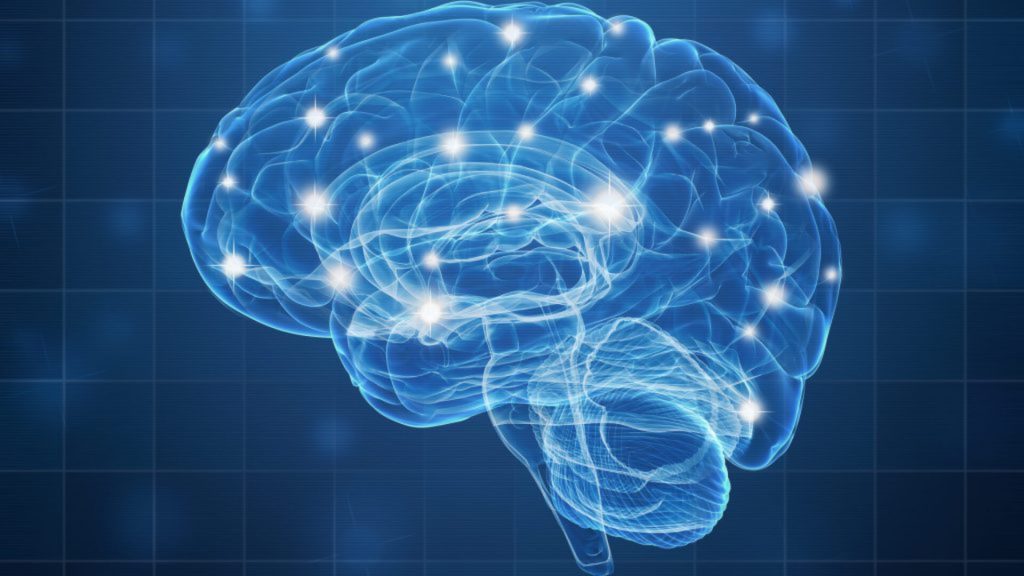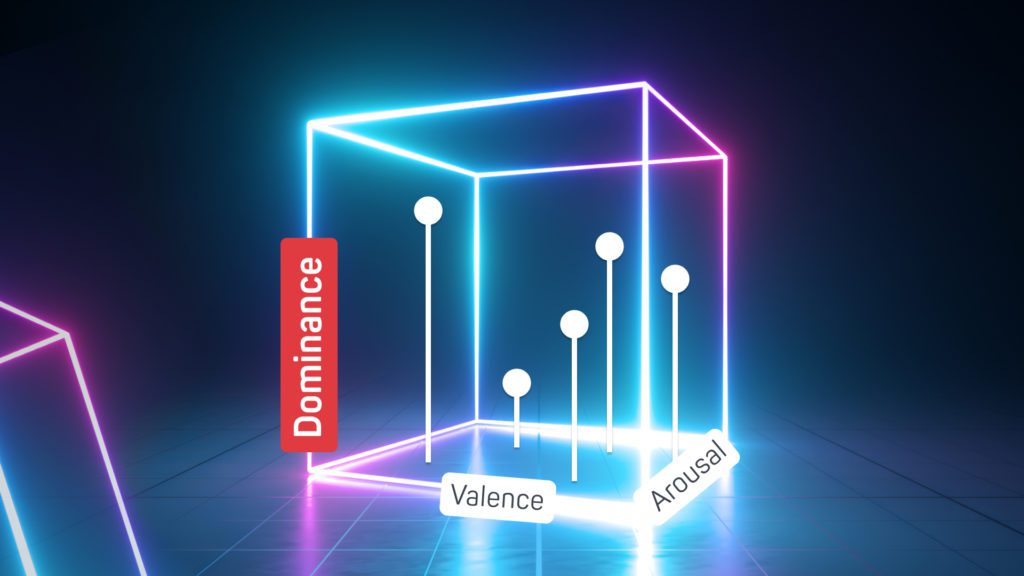Soroosh Mashal, Software Engineer, Product Owner entertAIn at audEERING was a teenager when he watched I, Robot movie. Not knowing anything about artificial intelligence, his mind was filled with the image of a group of rabid robots that were friendly, hostile, and friendly again. He didn‘t understand that much, but it drove him to read the books by Isaac Asimov and step further into this field. Almost two decades later, here in audEERING, we are doing our best to form a less fictional, more scientific, and more clear picture of reality. Take a look behind the tech-front and step inside for more understanding.
The Upcoming Series for more Transparency
In this video series, we go over some definitions, learn the basics of modeling emotions, present machine learning methods to train models, and some of the applications of emotion AI.
The journey begins with the delimation of terms we mostly use in our daily life without a clear definition: emotion, feeling, affect, mood.
It’s all about Emotions
Feelings are a subjective representation of emotions. Not every feeling includes emotions. For example, you can say: I feel that I know this. The feeling of knowing is in fact a feeling but has no emotion in it.
When a feeling becomes stronger it gets into expression. To express a feeling means motion in your facial muscles, voice, etc. That’s how emotions like excitement, anger, surprise or sadness appear.
The term emotion itself is roughly two centuries old. Beforehand, people were using words like passion to explain the same idea.
The original role of emotions was to stimulate adaptive behaviors that in the past would have contributed to the passing on of genes through survival, reproduction, and kin selection. Due to this importance and connection to survival, our brain is trained for thousands of years to create these emotions, detect them, and interpret them.
Definition of Mood & Affect
As more subtl to describe is mood. When an emotion is lasting longer and the source is already not identifiable. For example, if you hear bad news, you become sad, and you know the cause. However, if you feel sad, and you can identify the exact context and cause, it’s depression. Last but not least, affect, in psychology, refers to the underlying affective experience of feeling, emotion, or mood. It helps us in modeling and understanding emotions.
To be continued modeling emotions will be the focus in Part 2 of our Transparent AI series. For further information take a look at our product page to see how the industry is using our technology.

By loading the video, you agree to YouTube’s privacy policy.
Learn more








